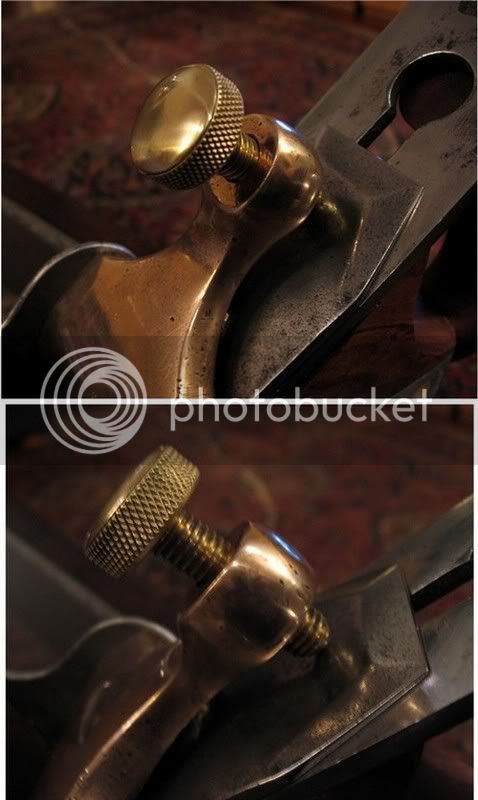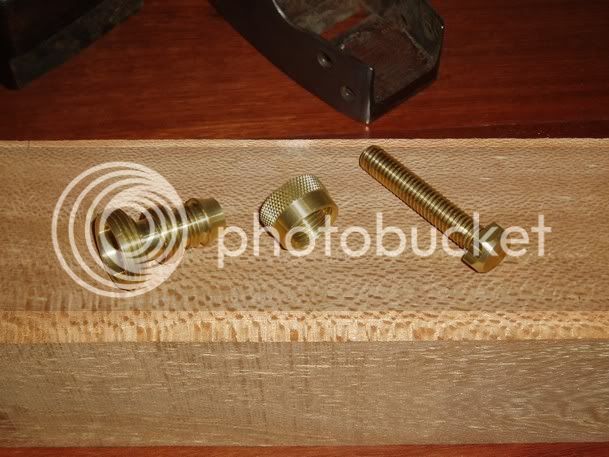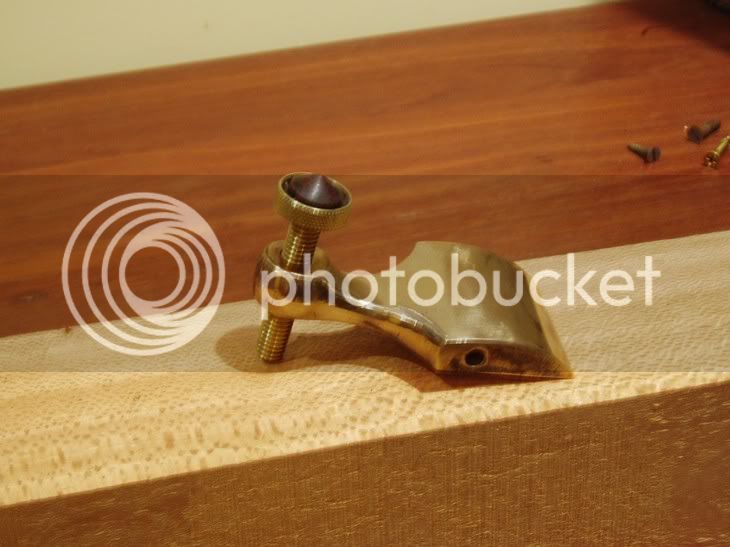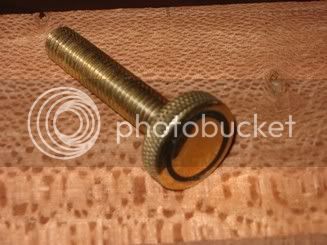john, at the risk of opening cans of worms with others who might not like my ideas, i will have a go.
if memory serves properly, the ways are have a flat section and then a vee shaped raised piece. so if that is true, the next question is where are they worn, and are they worn evenly.
most tailstock assemblies have some adjustment facilites built in to the base, but it really depends upon what happens when you move it, and what happens when your tool post moves up and down the bed. the base of this should also include some adjustment.
are you experiencing a rocking when you use the tool post, or the tailstock?
first thing is to remove the toolpost item, and then put engineers blue all along the ways, and then move the tailstock up and down, that will tell you where the biggest hollows and bumps are. do the same with the tool post. check whether they are the same places. might be worth taking a photo.
frankly old practice was not to grind, but rather use the engineers scraper to remove the high spots, because normally the wear is not even, rather it is spread over in odd places, for instance if the tailstock was left in one place and some rust appeared. scrapers are still available, from at least tilgear and maybe others. i would go for a triangular one about 12 inches long. strangely they often come with wooden handles :lol:
things is the wear is probably not a lot in the order of a couple of thou, but if it is odd, then obviously the rocking motion will seem enormous.
thing about grinding is that you would have to dismantle the whole lathe etc. which may be more aggro than buying a new one.
the fact is that the toolpost does not go all the way down the ways, so you can measure the movement, and then ignore the bit under the chuck.
next step is to take the tailstock base apart and see what the adjustment is you may only need to add or remove shims, or screw the adjusters. make sure that they are clean of rust etc.
does all that make sense?? if not i will try more. :roll:
but basically no grinding, just fettling, and checking the adjusters, which need to be clear of rust etc.
paul :wink:





































